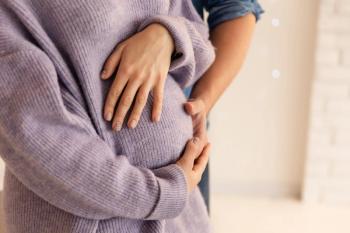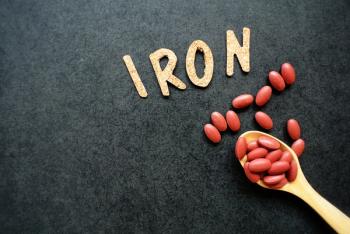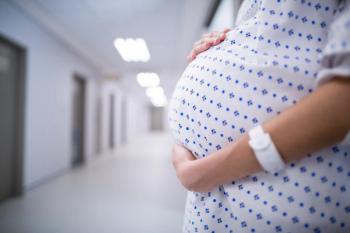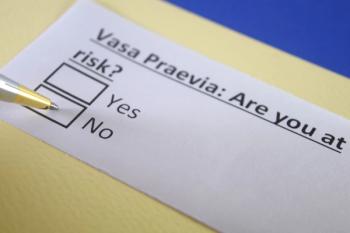
Antibiotics for cesareans found effective after clamping
Researchers suggest that administering antibiotics after the incision may even benefit the child’s immune development later in life.
A study published in Antimicrobial Resistance & Infection Control is the largest of its kind and challenges current recommendations for antibiotic use in cesarean deliveries. The study, co-authored by Rutgers University researchers, concluded that administering antibiotics after clamping does not increase the risk of infection at the incision site.
The research also suggests that administering antibiotics after the umbilical cord is clamped could benefit the fetus’s developing microbiome.
National and international guidelines1 recommend antibiotics before the skin incision, which exposes the baby to antibiotics during birth and affects the microbiome assembly, according to the study’s authors.
“Early disturbance of bacterial colonization and the developing health microbiome may have consequences for immune development, leading to immune malfunctions later in life,” said co-author Maria Gloria Dominguez-Bello, who is the Henry Rutgers Professor of Microbiome and Health, professor of microbiology and anthropology, and director of the New Jersey Institute for Food, Nutrition, and Health at Rutgers University in New Brunswick, NJ.2
The authors say that the current recommendation for antibiotics before clamping should be revised because it can cause additional stressors that impair transmission and colonization of maternal microbiomes after birth.
__
References
- World Health Organization. WHO Recommendations for Prevention and Treatment of Maternal Peripartum Infections: Highlights and Key Messages from the World Health Organization’s 2015 Global Recommendations. Published September 2015. Accessed December 22, 2020.
- Antibiotics for C-sections Effective After Umbilical Cord Clamped. News release. Rutgers University; December 21, 2020.
Newsletter
Get the latest clinical updates, case studies, and expert commentary in obstetric and gynecologic care. Sign up now to stay informed.









